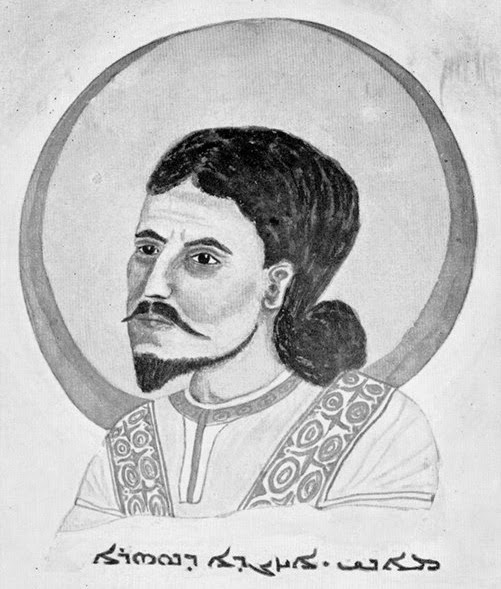
Today I turn sixty, Sixty, 60, for Christ sake's how the hell did that happen.
That’s when people turn old and gray, then they slowly become shadows and disappear
Not me Bucko. Ain’t happening, I was an angry young man for Forty years.
Now I aint’t young or angry now I am liberated once again. I am free to express myself, without worrying about how my employer might be impacted.
I am pleased to say after my recent experiences with diabetes, losing my foot and losing my teeth you would think that would mellow me well think again they gave me a cane to wave around. And dentures, I have a mouth and I must scream at injustice where ever it may be found. And beside my hair has been white since I was Forty.
At 15 I took on the world or at least the EPSB when I was a student radical in solidarity with striking public school custodians members of my future union local 474.
At 25 I was working for the EPSB as a Head Custodian, at Garneau School planning to use my retirement savings to go to Europe before I turned 30. Well that never happened and today I am glad it didn't because now I can retire with a decent income.
At 35 I was a member of my union executive, yep good old Local 474 which we transformed into a militant organization promoting our role as professional indoor environmental health workers and power engineers, fighting contracting out and the ideology of school based management. Yep I was in the same union I walked a picket line for at their first strike.
At 45 it was the end of the world, or at least YK2, 1999 my father had passed away, I was head custodian at the top academic high school in Canada; Old Scona, I had helped end the threat of contracting out of our jobs with EPSB, I was outed as a pagan, witch magickian by Alberta Report which came to Old Scona to expose me in 1997.
My father passed on in December 1997.
Those years were one of many challenges as our union worked to create a new dynamic within the school system to recognize the importance of custodial work.
At 55 I could have taken early retirement. My pension with the LAPP a province wide pension plan for the MUSH sector allowed me to with 85 points, birthday plus thirty years work. Wow thirty years later and my five year plan had turned into a pension.
I didn't retire because in 2001 I became the first Custodial Consultant responsible for Custodial Training, Professional Development and Best Practices responsible for developing the districts custodial training program.
I held that position until September of this year when it was eliminated by school board management.
So now I am Sixty and on medical leave for the loss of my foot,
When that extended benefit ends I will then take my well deserved Retirement.
When that extended benefit ends I will then take my well deserved Retirement.
I am planning my career as a Independent Custodial and Indoor Environmental Health Consultant. Including going back to school to get some more credentials.
I am working through the Hanged Man formula of the Master of the Temple whose oath I took as I transformed with my operation.
Those of the shamanic tradition will know the meaning of the loss of a limb and the ritual of the sacrifice of the shaman.
I have been lucky to have two biographical interviews done on my Anarchist politics and on my Magickal practices here in Edmonton.
 I am damn luck to be alive and it is because of my priestesses past, and present who gave me their energy when I needed it most to insure I stayed here to continue the great work and kick ass.
I am damn luck to be alive and it is because of my priestesses past, and present who gave me their energy when I needed it most to insure I stayed here to continue the great work and kick ass.
I am Sixty holy shit. How did that happen. I was radical who was going to shake up the world, live life fully and never gave a thought to what I would do when I got here.
So I have at least another twenty five years to go, if not thirty or forty.
I have had the opportunity to think about that deeply over the past year as I recovered and dealt with learning how to walk again.
Looking back ‘I can say what a long strange trip this has been’
And I look forward to the next forty years not with trepidation or sorrow or regret but with optimism, and a touch of well earned skepticism to balance it out.
After all I am a Sagittarius the most philosophical of the signs, a Wood Horse in Taoism, and an ENTJ personality type,
I can truly say I know myself and I am a Hell of nice guy when ya get to know me.
It’s my birthday and I am looking forward to many more.
Thanks to everyone who has wished me happy birthday, to those who deliberately didn't, its ok I know who you are.
Eugene Plawiuk
American Prayer
Jim Morrison and the Doors
Jim: “I don’t know how many of you believe in astrology…”
Random Chick in Audience: “JIM! JIM! I do!”
Jim: “Yeah baby, I’m a Sagittarius, the most philosophical of all the star signs…”
RCIA: “Me too Jim! I’m a Sagittarius too!”
Jim: “Well I don’t believe in it myself.”
RCIA: “Neither do I Jim!”
Jim: “I think it’s a bunch of bullshit.
Past musings about my birthday
I GOT MY OWN GOOGLE DOODLE FOR MY BIRTHDAY
I AM HAPPY TO SHARE
https://www.google.ca/logos/2012/birthday12-thp.png
I AM HAPPY TO SHARE
https://www.google.ca/logos/2012/birthday12-thp.png
.jpg)







